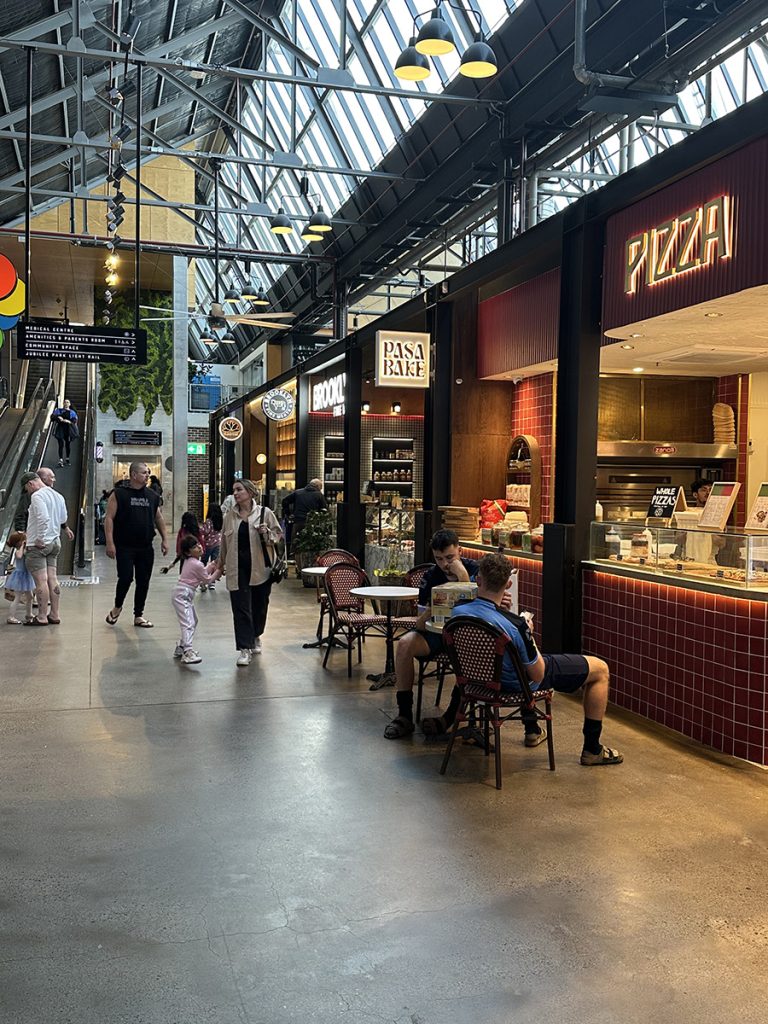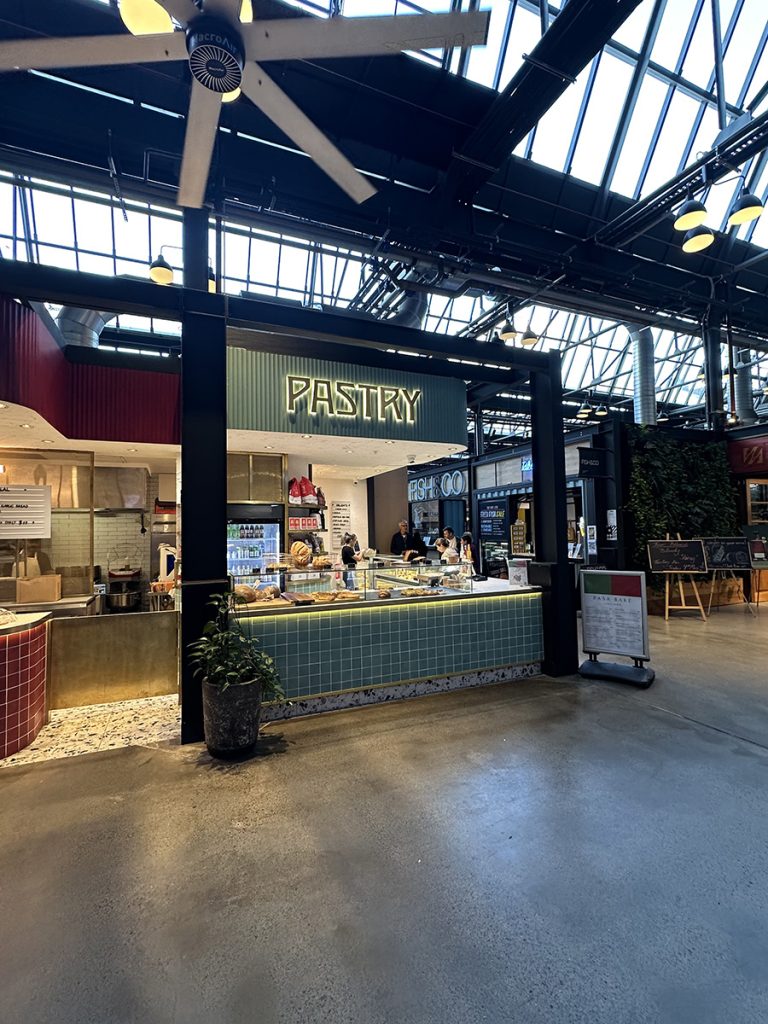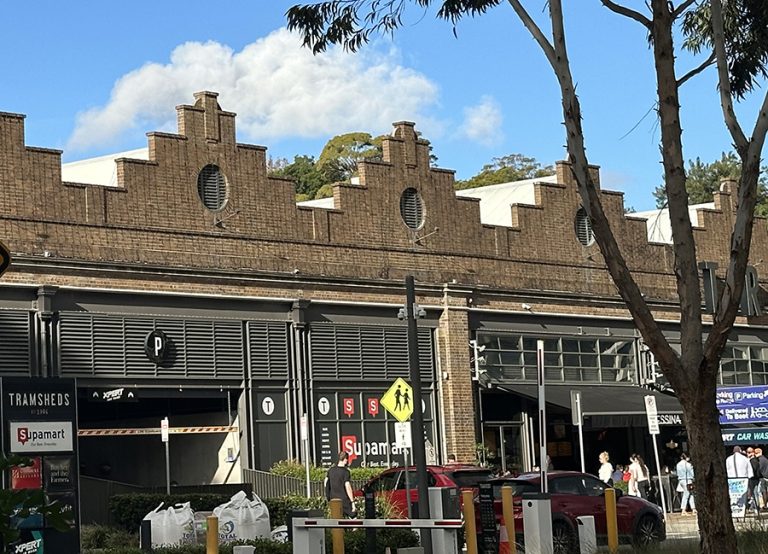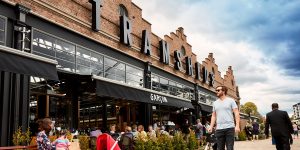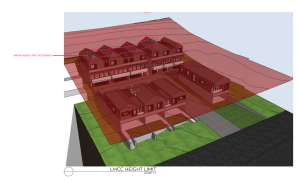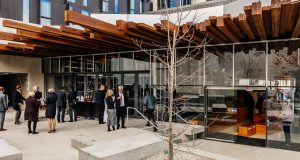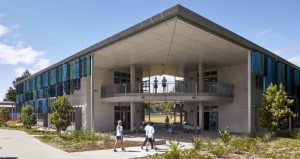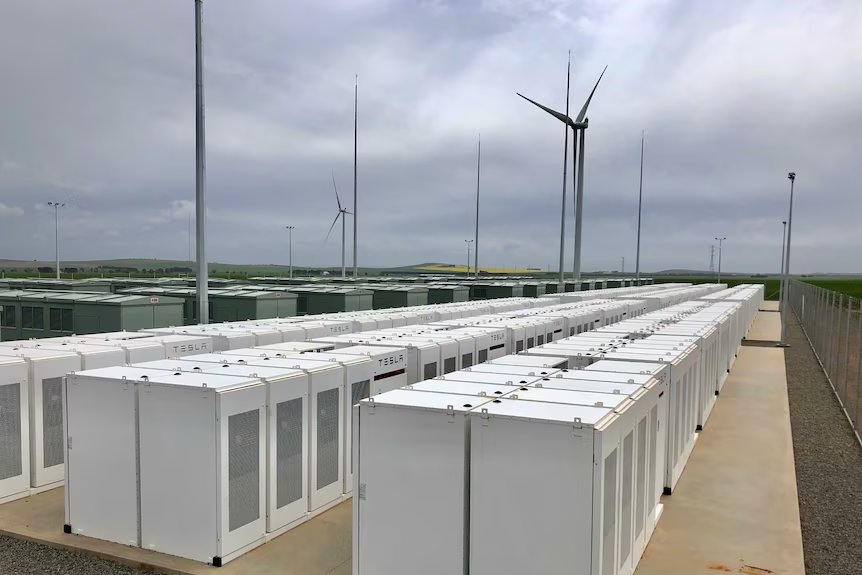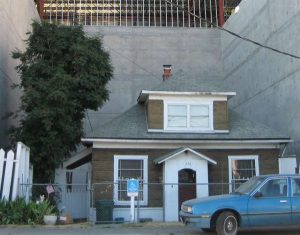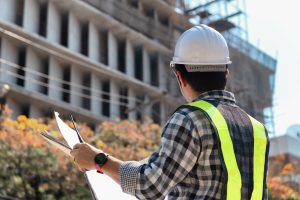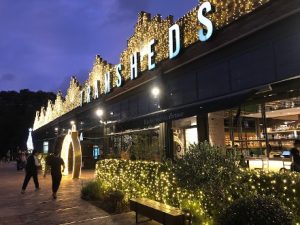Former Rozelle Tramshed History
The former Rozelle Tram Depot opened on 17 April 1904. It was constructed to service the trams on the newly electrified tramway to Balmain, which had been operated by steam trams since 1882. As the network expanded the Depot also served the lines to other areas such as Leichhardt and Drummoyne. The last tram to leave Rozelle Depot in a regular working manner was on 22 November 1958.
The Depot is located within an area reclaimed from Rozelle Bay. The Depot was under construction by mid 1903 and originally comprised the southern most shed with the northern shed being constructed in 1909. The principal task of the Depot was overnight servicing and garaging of the electric tramcars.
Following closure of the Depot, the site was leased by a number of businesses from 1960 including the Commonwealth Handling Equipment Pool (CHEP), which used the former depot for parking, garaging and hiring of fork lift trucks, mobile cranes and low loaders, and also undertook the repair and maintenance of this equipment. CHEP seem to have vacated the site in the 1980s and for a time the City Council used the sheds for storage.
By the mid 1990s there were four R/R1 class tramcar bodies (built from the 1930s) in storage in one of the sheds. By 1997 another R1 class tramcar body and a bus had come to be in the sheds, which were being restored by a tram restoration group named the City Tram Association.
The collection includes the tram R1 19915 that the Association claims to be the most historic of Sydney trams. This tram was the last to run in Sydney (in February 1961 on the La Perouse service). For a time the tram was located in a Newcastle tramway museum, from where it was stolen. On being recovered, it was used in Hay Street by the City Council to promote the new light railway.
In March 1997 the trams were claimed by City of Sydney Council and a deal was finalised to distribute the tramcars to the Sydney Tramway Museum with the bus going to the Tempe Bus and Truck Museum. The Council’s intention was to restore the trams to operable condition and run them on one of the numerous, and never realised, Sydney light rail proposals.
The Tramshed yard was used by Harness Racing NSW for the storage and parking of horse floats in conjunction with the use of the adjoining ground for Harness Racing. Following the relocation of harness racing to Menangle in 2010 the site was left vacant while various studies were undertaken by City of Sydney Council to investigate potential uses of the Harold Park Precinct. A site specific Local Environmental Plan came into effect in 2011 with a corresponding development control plan to guide development for the Harold Park Precinct. In 2012 a development application was lodged by Mirvac for extensive works to redevelop the site and surrounds including a large scale residential component, public park area and the adaptive re-use of the tramshed building to provide a dining precinct with community centre.
Upon acquiring the building and land in 2010, Mirvac discovered six original Trams owned by the City of Sydney, all of which were badly damaged by graffiti and vandals. Five have since found new owners, but the sixth tram, Tram R1 1995 was destined to stand proud in its original home, and so was transported to the Bendigo Heritage Rail Workshop in Victoria to be restored to its former glory by conservation experts, who ensured complete durability for at least another century. An item of moveable heritage, Tram R1 1995 is one of Sydney’s most historic Trams, being the last of its kind built in Sydney before the preference of buses and roads made the tram service redundant. Tram R1 1995 now sits inside a providore venue, providing a visual connection to the building’s past and allowing an immersive public dining experience for customers. Engagement with the Tram Society and original Tramway Depot workers enabled the team to delve into the tram’s historic past to create a true representation of its original features.
Extensive work was undertaken to the site and much of the original building of the tramshed was demolished, including the saw tooth roof structure that was deemed to be beyond repair. The new dining precinct was officially opened on 22 September 2016 and features original elements of the original tramshed building such as the western façade with modern, industrial influences throughout.
How we helped with the projects
We were first engaged by a regular client of ours to help with the statement of environmental effects and heritage report for a change of use of a premises to a take away food business and fell in love with the site. The site is a great example of rejuvenation of old dilapidated heritage buildings for new uses. The new development of the Tramshed has created a trendy destination for fresh food and great food outlets while keeping the heritage aspects of the building alive for the next generations. Since that first project we completed we have been engaged by many other new outlets within the complex to assist with their heritage and town planning reports and have assisted the owners of the site with further alterations to the building. We have formed a great relationship with the Tramshed administration and will continue to work with them with any future developments on the site.
How we can help your next project?
We love helping our clients get their developments approved by providing expert statement of environmental effects, heritage impact statements and more for the Council development applications. If you need assistance with your project, simply fill out the form below and we will be in touch.



